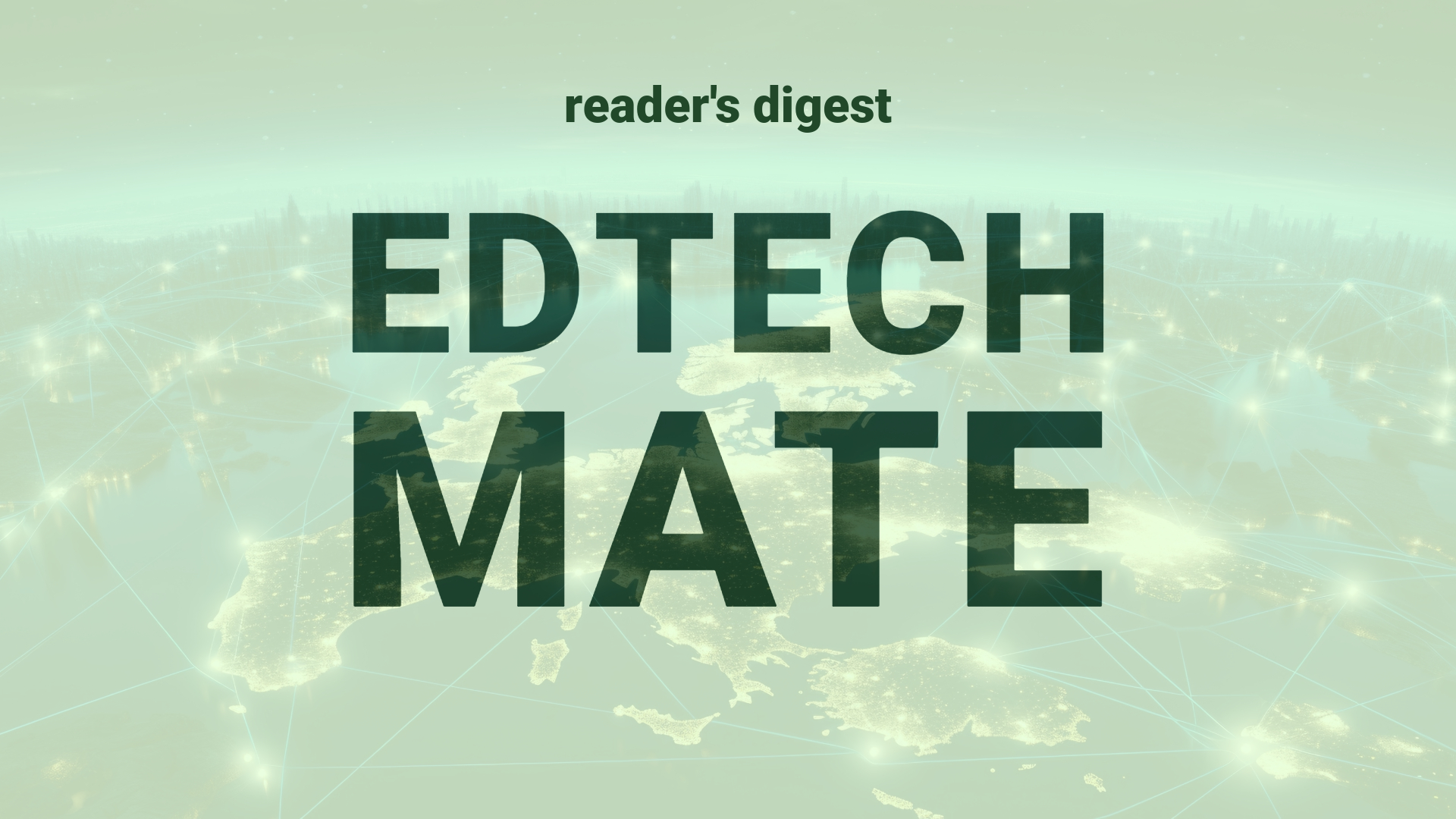Executive Summary and Main Points
In a recent episode of the Azure Enablement Show, experts David Blank-Edelman, Uli Homann, and Eric Charran engaged in a critical discussion on transitioning AI solutions from Proof of Concept (POC) to production. Key considerations addressed include scaling models efficiently, integrating AI services seamlessly with existing systems, smart cost engineering, robust security, and ensuring observability and content safety. These considerations are paramount for creating a sustainable production environment in the rapidly evolving field of AI within global higher education and digital transformation efforts.
Potential Impact in the Education Sector
The insights from this episode have substantial implications for Further Education, Higher Education, and the sphere of Micro-credentials. Reliable scaling of AI systems can support the handling of vast amounts of educational data effectively, aiding personalized learning and research. Seamless integration with existing systems promotes a unified digital campus experience. Cost engineering for AI deployments and ensuring security aligns with prudent financial management and data protection policies in educational institutions. Observability and content safety are particularly critical for maintaining academic integrity and a secure learning environment. Furthermore, these developments could foster strategic partnerships between educational institutions and AI solution providers, promoting innovation and digitalization.
Potential Applicability in the Education Sector
Educational institutions can harness AI and digital tools for various innovative applications. AI can aid in the development of adaptive learning platforms that tailor educational content to individual student needs, potentially improving outcomes. Additionally, AI can facilitate data-driven decision-making strategies in institutional management and enhance research capabilities through advanced data analysis. Moreover, as higher education increasingly adopts micro-credentials, AI systems could streamline credential verification and align educational offerings with labor market demands.
Criticism and Potential Shortfalls
Despite the potential benefits, there are critical concerns and shortfalls that must be acknowledged. Real-world examples underscore the challenges of scale and integration, with some institutions facing infrastructure inadequacies. Comparative international case studies reveal disparities in AI readiness, with developing regions lagging behind in adoption and digital transformation. Moreover, ethical and cultural implications, such as biases in AI algorithms and the impact on employment within educational institutions, require careful consideration and proactive management.
Actionable Recommendations
Educational leaders exploring these technologies should consider the following recommendations to maximize benefits while mitigating risks: Conduct feasibility studies to assess internal capacity for AI adoption, seek partnerships with established AI providers to leverage expertise, and invest in staff training to bridge the AI skills gap. Additionally, consider establishing a cross-functional ethical AI governance committee to oversee AI deployments and address any ethical concerns. Implementing these strategies can help ensure that AI solutions are integrated responsibly and effectively into educational frameworks on a global scale
Source article: https://techcommunity.microsoft.com/t5/azure-architecture-blog/armchair-architects-poc-to-prod-must-haves/ba-p/4132816

